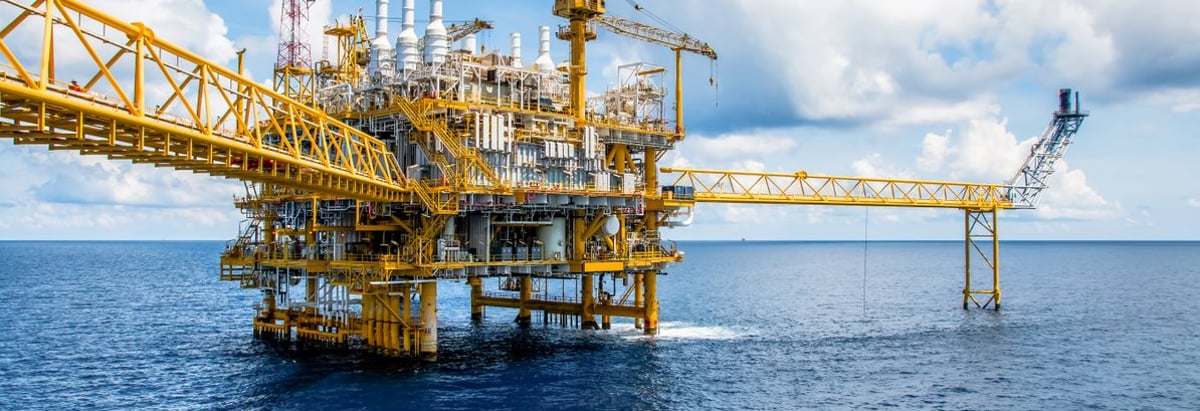
In this analysis, my focus will be on developing a perspective on Anglo African Oil & Gas Plc’s (AIM:AAOG) latest ownership structure, a less discussed, but important factor. When it comes to ownership structure of a company, the impact has been observed in both the long-and short-term performance of shares. The effect of an active institutional investor with a similar ownership as a passive pension-fund can be vastly different on a company's corporate governance and accountability to shareholders. While this may be more interesting for long-term investors, short-term investors can also benefit by paying attention to when these institutions trade in order to take advantage of the heightened volatility. Now I will analyze AAOG's shareholder registry in more detail.
View our latest analysis for Anglo African Oil & GasInstitutional Ownership
AAOG's 69.58% institutional ownership seems enough to cause large share price movements in the case of significant share sell-off or acquisitions by institutions, particularly when there is a low level of public shares available on the market to trade. Although AAOG has a high institutional ownership, such stock moves, in the short-term, are more commonly linked to a particular type of active institutional investors – hedge funds. In the case of AAOG, investors need not worry about such volatility considering active hedge funds don't have a significant stake. However, we should dig deeper into AAOG's ownership structure and find out how other key ownership classes can affect its investment profile.Insider Ownership
Another important group of shareholders are company insiders. Insider ownership has to do more with how the company is managed and less to do with the direct impact of the magnitude of shares trading on the market. AAOG insiders hold a not-so-significant 4.23% stake in the company, which somewhat aligns their interests with that of shareholders. However, a higher level of insider ownership has been linked to management executing on high-returning projects instead of expansion projects for the sake of apparent growth. It would also be interesting to check what insiders have been doing with their shareholding recently. Insider buying can be a positive indicator of future performance, but a selling decision can be simply driven by personal financial requirements.General Public Ownership
The general public holds 2.65% stake in AAOG, which represents a relatively small class of owners. This size of ownership may not be enough to sway a policy decision in their favour, but they can still make a collective impact on company policies if it aligns with other large shareholders.Private Company Ownership
Potential investors in AAOG should also look at another important group of investors: private companies, with a stake of 23.53%, who are primarily invested because of strategic and capital gain interests. An ownership of this size indicates a strong financial backing and has the potential to influence AAOG's business strategy. Thus, investors should dig deeper into AAOG's business relations with these companies and how it can affect shareholder returns in the long-term.What this means for you:
The company's high institutional ownership makes margin of safety a very important consideration to existing investors since long bull and bear trends often emerge when these big-ticket investors see a change in long-term potential of the company. This will allow investors to reduce the impact of non-fundamental factors, such as volatile block trading impact on their portfolio value. However, ownership structure should not be the only focus of your research when constructing an investment thesis around AAOG. Instead, you should be evaluating company-specific factors such as the intrinsic valuation, which is a key driver of Anglo African Oil & Gas’s share price. I urge you to complete your research by taking a look at the following:
1. Financial Health: Is AAOG’s operations financially sustainable? Balance sheets can be hard to analyze, which is why we’ve done it for you. Check out our financial health checks here.
2. Past Track Record: Has AAOG been consistently performing well irrespective of the ups and downs in the market? Go into more detail in the past performance analysis and take a look at the free visual representations of AAOG's historicals for more clarity.
3. Other High-Performing Stocks: Are there other stocks that provide better prospects with proven track records? Explore our free list of these great stocks here.
New: Manage All Your Stock Portfolios in One Place
We've created the ultimate portfolio companion for stock investors, and it's free.
• Connect an unlimited number of Portfolios and see your total in one currency
• Be alerted to new Warning Signs or Risks via email or mobile
• Track the Fair Value of your stocks
Have feedback on this article? Concerned about the content? Get in touch with us directly. Alternatively, email editorial-team@simplywallst.com
Simply Wall St analyst Simply Wall St and Simply Wall St have no position in any of the companies mentioned. This article is general in nature. We provide commentary based on historical data and analyst forecasts only using an unbiased methodology and our articles are not intended to be financial advice. It does not constitute a recommendation to buy or sell any stock and does not take account of your objectives, or your financial situation. We aim to bring you long-term focused analysis driven by fundamental data. Note that our analysis may not factor in the latest price-sensitive company announcements or qualitative material.
Market Insights
Community Narratives





